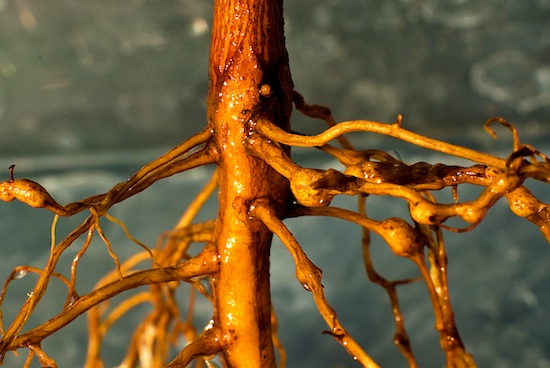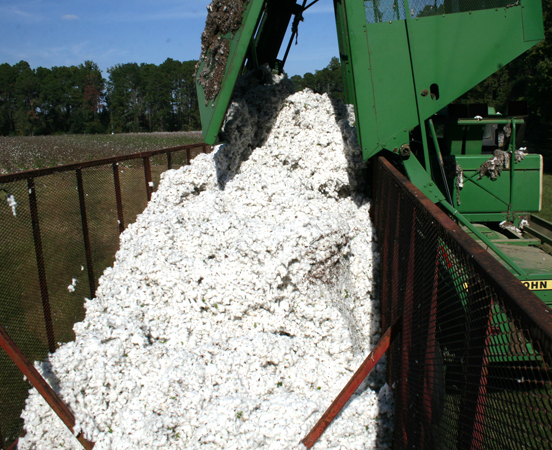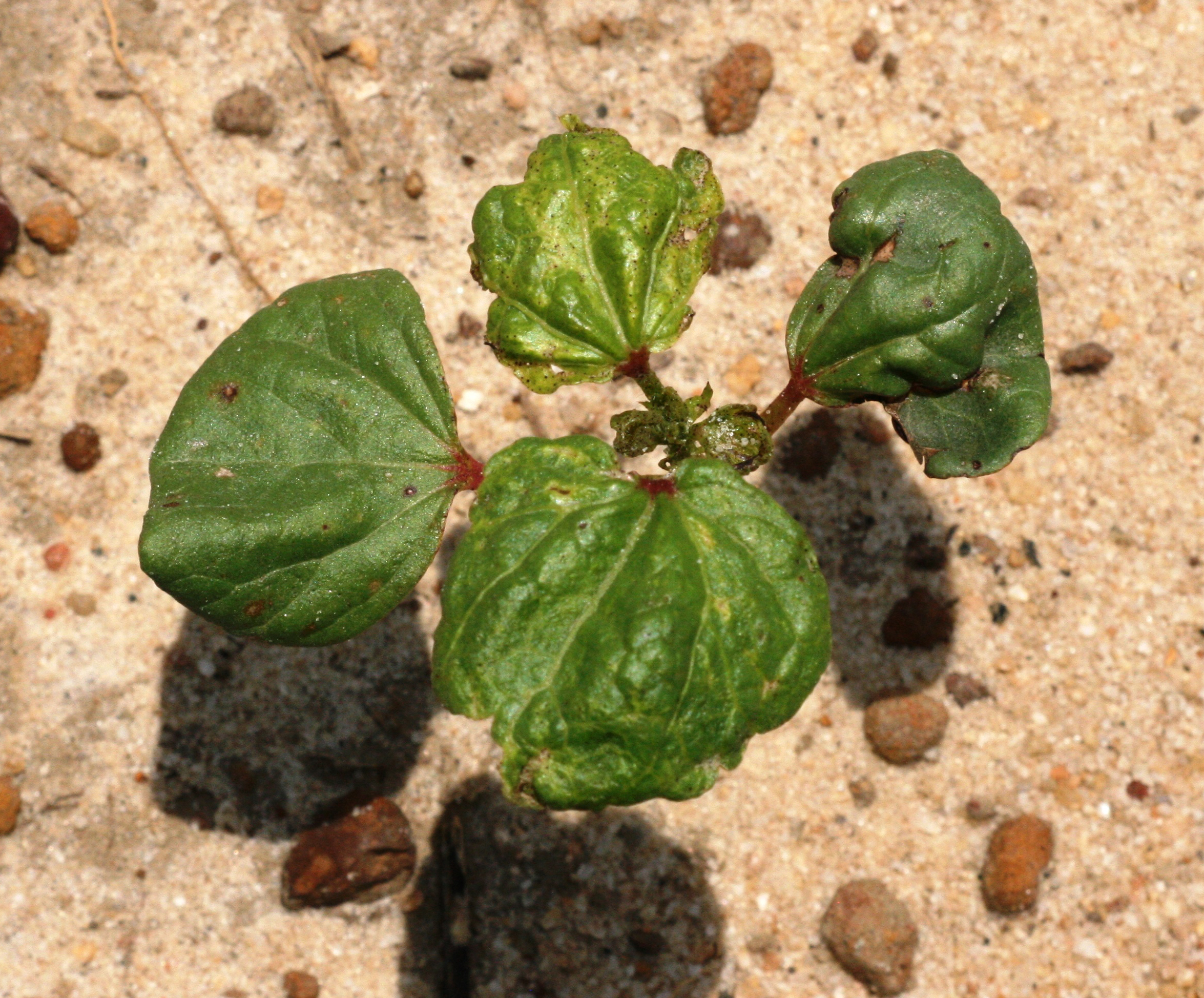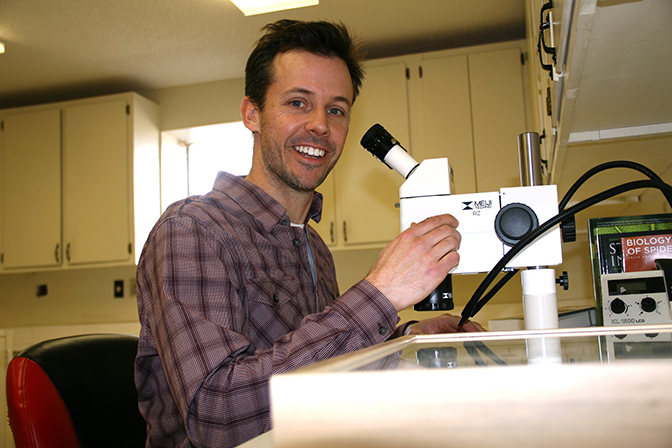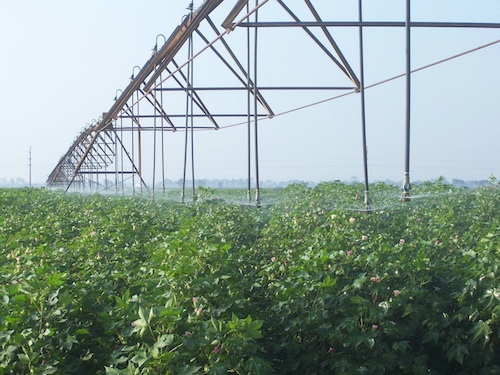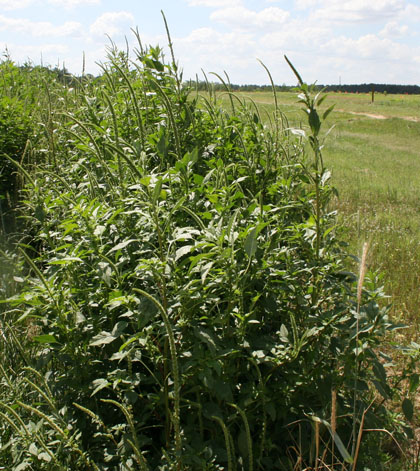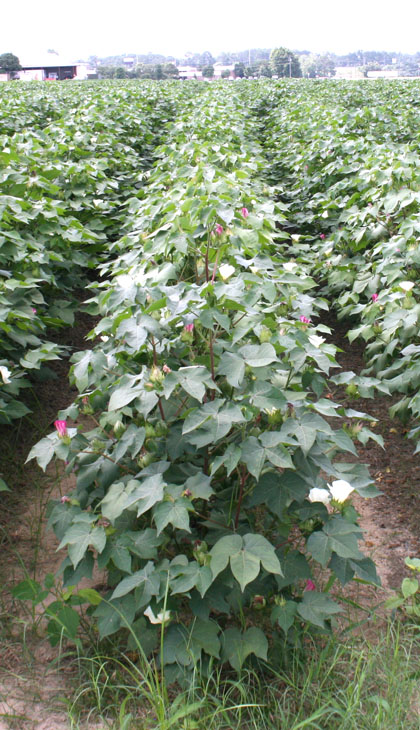 CAES News
CAES News
Plant Growth Regulators
A University of Georgia Cooperative Extension agronomist says managing vegetative growth is key for cotton farmers. Yields and profits may be at risk without the use of plant growth regulators (PGRs).

